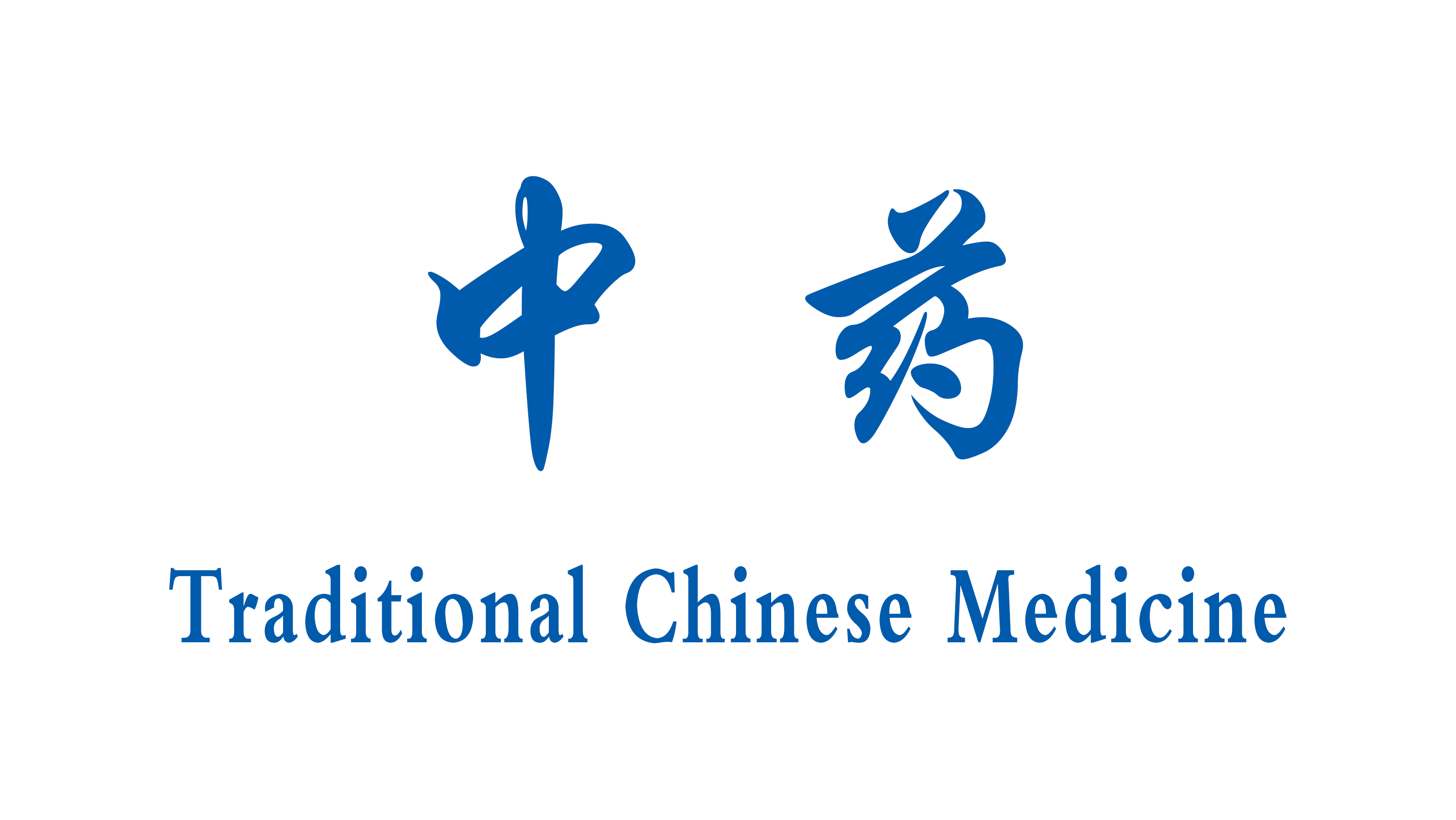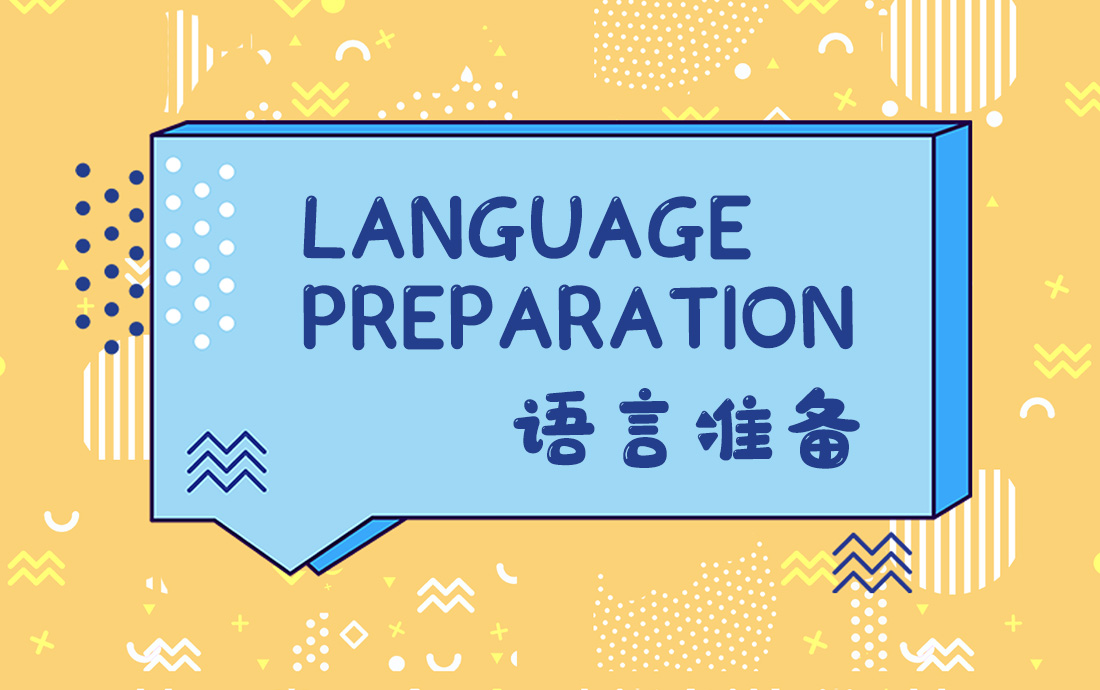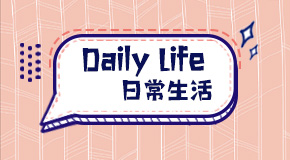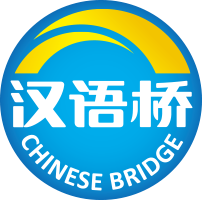Medicina tradicional china
中药


Learning Objective: Students can describe the difference between traditional Chinese medicine and western medicine, and give examples of common Chinese medicine and its effects. Traditional Chinese medicine is collectively referred to as "Materia Medica" in ancient Chinese books. The earliest monograph on traditional Chinese medicine in China is "Shen Nong's Materia Medica" in the Han Dynasty. The material sources of Chinese medicine are mainly animals, plants and minerals. For example, common chrysanthemums, roses, ginger, etc. can be used as medicine. The use of traditional Chinese medicine pays attention to natural conditions and harvest season, pays attention to authentic medicinal materials, harvests at the appropriate time, and uses high-quality pure medicinal materials. Before Chinese medicine is applied or made into medicine, necessary processing must be carried out. Commonly used processing methods are: repairing, water, fire, etc. The use of traditional Chinese medicine pays attention to compatibility. Compatibility is based on the different needs of the disease and the different characteristics of the drugs, and two or more drugs are selectively used together. A good compatibility can enhance the efficacy of the drug, and poor compatibility will reduce the efficacy and even cause adverse reactions.





